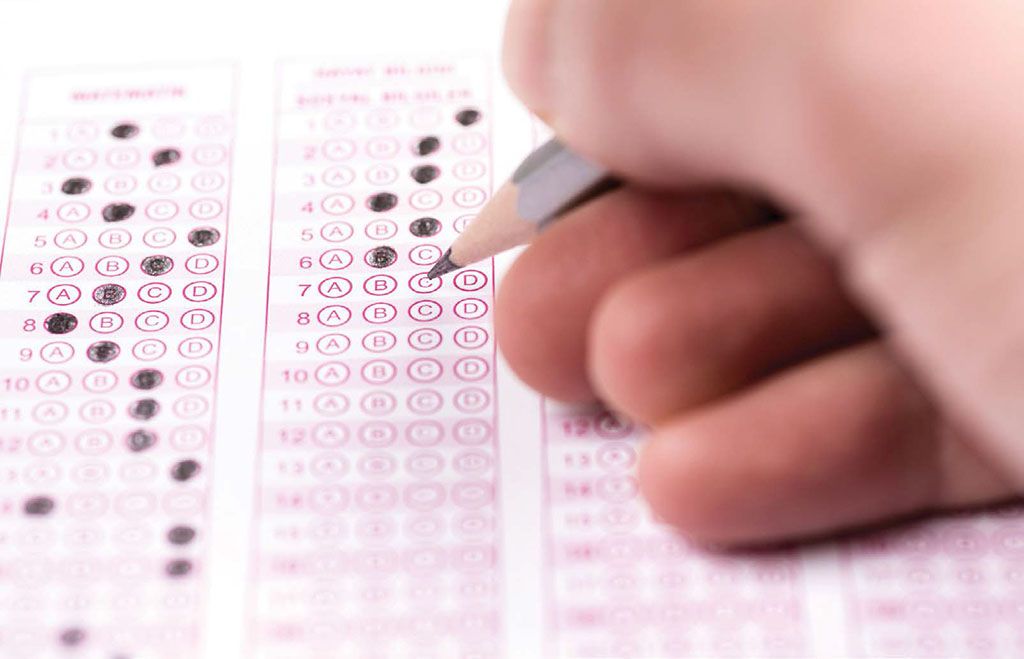Kill the SAT
The college application process needs a do-over. And fast.

There are so many infuriating aspects to this spring’s Operation Varsity Blues scandal, where one-percenter parents got nabbed for cheating and bribing to get their babies into elite colleges. It’s tough to rank the egregious behaviors, but one that’s close to the top for me is how they so easily gamed the standardized testing industry.
Here’s the long story short: Parents paid for fixers to assist with, and in some cases to take, tests for students to ensure a “Goldilocks” score for their preferred school—not too low to shut them out but not too high to raise suspicions. Add these crimes to other recent SAT testing scandals in Asia and the Harvard University discrimination lawsuits, and it becomes clear this anachronistic assessment system needs to go away—sooner rather than later.
As the parent of a graduating senior who did all the right things—including studying for and sweating out the PSAT/SAT process over three years—I watched how these percentiles and point tallies take precedence over other application details like extra-curricular activities and essays when plugged into The Common Application (another system that needs a long hard look). And while a growing number of schools claim their admissions process is test-score-free—more than a thousand colleges, according to FairTest: The National Center for Fair and Open Testing—the fact remains that test scores are still a major, inaccurate measuring stick. The data is flawed.
The most obvious fix? New assessment platforms that can analyze and measure a student’s basic grasp of subjects while at the same time showcasing his or her skills and personality. For years, Tech and Learning has defined those technologies as digital or ePortfolios. And while many schools and districts already use these technologies and methods in their own assessments, colleges don’t seem to take them into account in their applications.
Take Keith McBrayer’s work, for example (https://www.bulbapp.com/kmcbray). Keith, who is currently a junior at the University of Texas, recently walked me through his own portfolio using the Bulb platform, which he started in high school and continues to build through college. Past assignments and projects are carefully organized into categories he defined. He uses audio and video to give the presentations. Most impressively, he includes his reflections on each performance to clarify why it is included in the portfolio. This kind of reflection is perhaps the most valuable part of any portfolio, since it provides a much clearer window into the learning of each student.
And how much did it help him get into UT? “It didn’t,” he says. And when my own daughter went to add YouTube videos to supplement some of her essays, it was unclear whether or not those links were live. But those SAT scores? They’re automatically poured in. We’re encouraging students to use new tools and techniques, but we’re neglecting to incorporate them into what may be their most important assessment. Tying products like Bulb into a standardized application system like The Common App shouldn’t be that difficult. Having a student’s Instagram and Twitter account links as part of their application should be requisite. Judging a student based on arbitrary bubble tests is obviously wrong. Let’s get it right.
Tech & Learning Newsletter
Tools and ideas to transform education. Sign up below.













